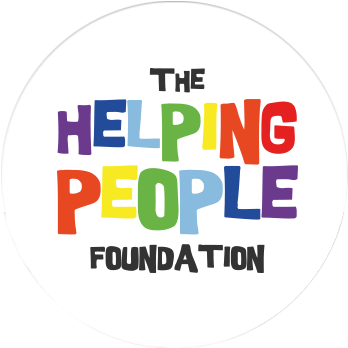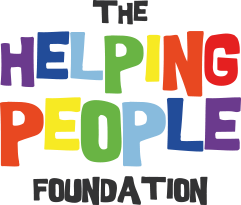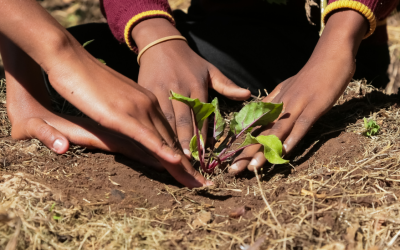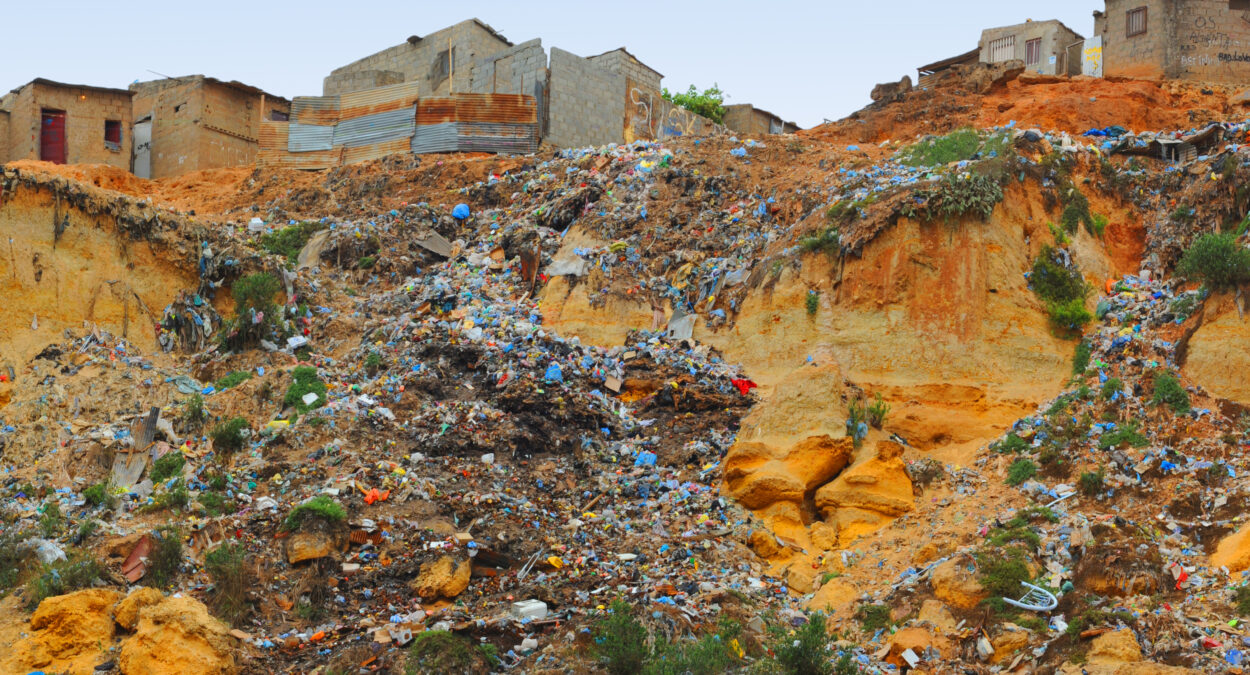CURRENT LIVING CONDITIONS IN THE DEMOCRATIC REPUBLIC OF CONGO
SCHOOL
The teaching language is French. The school system is based on the Belgian system.
In recent years, schools have been largely financed by money from parents; only one third of the expenditure was covered by state money. Since the 2019/20 school year, President Félix Tshisekedi has eliminated the cost of primary school attendance. Due to the lack of income at the schools, however, teachers can no longer be paid, which is why many of them have gone on strike (taz). Therefore, many children are still unable to attend school at present. In addition, parents still have to pay for teaching materials and uniforms, for which there is no money in many households.
23% of men and women in the DR Congo cannot read or write.
MEDICINE
Medical care in the country is poor and mostly not up to standard in terms of hygiene. In the capital Kinshasa, medicines are often quite readily available, but there are sometimes shortages. Many people still die from preventable diseases such as malaria, cholera and measles. According to Aktion Deutschland Hilft, at least 4% of the population is living with HIV infection.
Ebola fever is mostly contained, but still occurs, especially in the east. If infected with the virus, the chance of survival is around 50%. (Source: Ministry of Foreign Affairs) Other epidemics such as measles also claim many lives - there were around 6,000 deaths in 2019 at the latest count.
The birth rate in the country is very high: A woman gives birth to an average of six children; a quarter of women are younger than 18 when they have their first child. According to UNICEF, one in 24 women will die in childbirth. The infant mortality rate is 8.5% (see statista.com).
Life expectancy in the DR Congo averages 60.5 years (Source: Médecins Sans Frontières).
Sexualised violence is a daily occurrence in the DR Congo.
Water
The water supply in the DR Congo is very poor. Only about half of the population has access to provisional drinking water, and only 29% have access to sanitary facilities. Only 22% of people have the opportunity to wash their hands with soap and water at home. (Source: Global Hunger Index).
Poor access to clean water promotes the spread of diseases as well as malnutrition among children.
nutrition
According to Aktion Mensch, almost 10 million people suffered from hunger in 2018, which is almost 12% of the population, and as many as 15.6 million in 2019 (Source: Global Hunger Index). Around 4.5 million children were malnourished and in need of medical help at the time. The Global Hunger Index rates the situation in the DR Congo as "alarming".
Due to the high population rate and the refugees coming from neighbouring countries, it is hardly possible to provide for them with their own resources. The government is not working to improve the situation. Many families had to leave their land and now have no fields to cultivate. Moreover, due to lack of finances, they have no technical or mechanical aids for efficient farming. (Source: Global Hunger Index).

Geography
The Democratic Republic of Congo is about 2.3 million square kilometres (see WKO) and thus the second largest state in Africa. The capital Kinshasa is located in the west of the country on the border with the Republic of the Congo.
The north-east of the country is an active volcanic area. The Nyiragongo volcano last erupted in May 2021.
The climate in the Congo is tropical. In the north, the rainy season is from April to October, in the south from November to March. Meanwhile, roads are often flooded, making them impassable. The unpredictable climate conditions such as drought and floods make farming almost impossible.
The country's soil is rich in mineral resources. These include, for example, coltan, tantalum, gold and diamonds.

History
Before the colonisation of Africa, there were several kingdoms and tribal principalities on what is now Congolese soil. When the British Henry Morton Stanley and David Livingstone discovered large deposits of raw materials in Central Africa at the end of the 19th century, the area became interesting for Europeans.
The Democratic Republic of the Congo (DRC) suffered from a particularly violent colonial occupation by the Belgian King Leopold II. (1888-1908) At the Berlin Congo Conference in 1884, he secured access to all raw material deposits as well as free trade and shipping in the Congo Basin. Many Congolese women were enslaved for the extraction of mineral resources. After independence in 1960, the socialist Patrice Lumumba tried to lead the country into peace. Until then, there was no functioning political system and the will for democratic conditions was mostly lacking.
Mobutu Sese Seko (1965-1997) came to power in a coup d'état, changed the name of the country to "Zaire" and established some semblance of order for the first time. However, these were based on violence, corruption and repression and were reminiscent of the Soviet regime. There was no approved constitution, unrest was violently put down, the opposition was fragmented. Mobutu nationalised the mining companies, thus depriving the population of their share of the profits from the very lucrative extraction of the country's rich mineral resources. This led to great social tensions in the country and internal refugee movements in what was then Zaire.
Through the genocide in Rwanda (1994), a group of regime opponents managed to conquer Zaire and overthrow Mobutu. Rebel leader Lauren Kabila became the new president and proclaimed the Democratic Republic of the Congo again in 1997. A war for power and land ensued that continues to this day. The current government is a coalition between the FCC, the party of the former dictator, and the coalition party CACH.
The DR Congo, Angola and Rwanda signed a peace and security agreement for the Great Lakes region. Nevertheless, especially in the east and south of the country, many militias are still active with violence in order to gain control over valuable resources.

Economics
Due to the corona pandemic, copper prices fell by 25%, which meant losses of around 5 billion US dollars for the country. The country offers a lot of mineral resources for further processing. Behind Russia and Botswana, the DR Congo is the third largest diamond producer in the world (Source: Planet-Wissen). However, due to fluctuations in the world market price and illegal procurement and sale, diamonds are not a secure source of income for the country. Moreover, the workers have to toil under inhumane conditions, violent fights in connection with the raw material are not uncommon. That is why people refer to them as "blood diamonds".
Although the agricultural sector has the highest percentage of workers, it contributes very little to GDP (see Global Hunger Index). The unemployment rate in the DR Congo is about 9 %.
DIFFERENCES IN THE REGIONS OF THE COUNTRY / BETWEEN THE ETHNIC GROUPS
According to UNICEF, there are around 200 different ethnic groups living in Congo, most of which speak their own language. Around 80% define themselves as "Bantu", which in turn are divided into four subgroups. Around 18% of the population belongs to the Sudanese-speaking groups (Source: Wikipedia).
Around 70% of the people are of the Christian faith. The religions Kimbanguism, Islam and traditional religions are represented with about 10% each (Source: Ministry of Foreign Affairs)
The civil war and the violent clashes between the ethnic groups are still present in people's minds. Although some of those responsible for the civil war were sentenced by the International Criminal Court, the population did not come to terms with the situation. Thus, scepticism and mistrust towards other ethnic groups and refugees persist. Especially in the east, violent conflicts continue. The intentions of the insurgents are unclear, there are rarely any recognisable ideological or political goals (Deutsche Welle). Due to the great geographical distance to the capital in the west, the region bordering Rwanda and Burundi can barely be controlled. Rwandan soldiers are interfering in the conflicts across the border, so that there is once again a siege of foreign troops here.

POLITICAL STABILITY CHALLENGE
Sources:
Global Hunger Index: Democratic Republic of Congo. A more in-depth look at hunger and malnutrition; URL: https://www.globalhungerindex.org/de/case-studies/2020-drc.html (last accessed 28.01.2022)
Statista: Democratic Republic of Congo: infant mortality* from 2009 to 2019 (deaths per 1,000 live births); URL: https://de.statista.com/statistik/daten/studie/754185/umfrage/kindersterblichkeit-in-der-demokratischen-republik-kongo/#:~:text=Kindersterblichkeit%20in%20der%20Demokratischen%20Republik%20Kongo%20bis%202019&text=Im%20Jahr%202019%20betrug%20die,somit%20rund%208%2C5%20Prozent. (as at: 21.01.2022)
Austrian Federal Economic Chamber - Statistics Division: Country Profile DR KONGO; URL: https://wko.at/statistik/laenderprofile/lp-dr_kongo.pdf (as at: October 2021)



